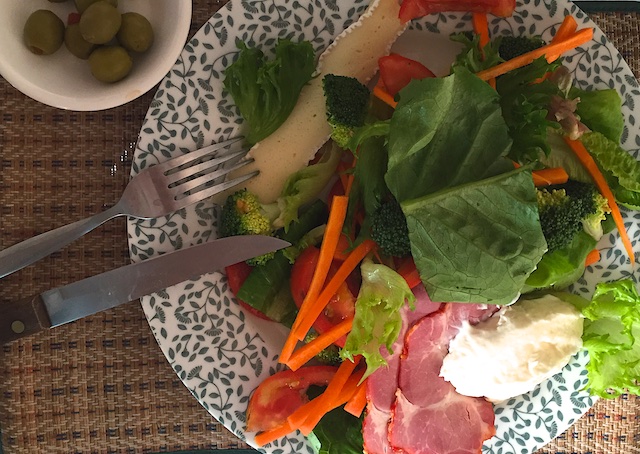Interactive Monitoring of Activity with the iPhone: Lark

AMITIAE - Monday 2 February 2015
|
Interactive Monitoring of Activity with the iPhone: Lark |
 |
|
|
By Graham K. Rogers
Our passion is too full in flood, We want the key of his wild note Of truthful in a tuneful throat The Lark Ascending (George Meredith)
While trying to cut down on those weight-gaining foods, I also need to increase the amount of exercise: walking and dashing about the classroom may not cut it any more. The release of the Health app when iOS was updated to iOS 8 recently, made it clear that Apple is aware of health issues and is providing ways to reach solutions. I turned on a couple of the desktop displays (Walking + Running Distance and Steps) so, as with the Nike Air Plus that I reviewed in 2007, I am able to monitor myself. At least it is a start. As more apps are developed using HealthKit, so users will be able to monitor input and output more easily. With data displays, so those interested can make changes.
One of the attractive aspects of Carrot was the interaction with users. I noted that the voice used was humorous and vaguely insulting: for example, when I entered my birthdate I was referred to as "wheelchairing dead". I was amused by this approach. Comments online suggested that others had also warmed to the way this worked. An app that appeared in the last few days in the Thai App Store also takes a similar approach: cajoling, confronting and nudging in a friendly way as a way to encourage users to identify shortcomings with the amounts of activity they participate in. Lark uses input from the sensors - with permission granted by the user - to monitor how active a user is and to make suggestions as to how to keep more active. The full name of this free app as shown in the App Store is Lark: lose weight, get fit, eat healthier and stick to your goals and resolutions with your chat buddy. "Lark" is a little less wieldy.
The Lark icon is for the interactive screen, while Settings allows the user to make changes to data entered when the app is first run as well as reporting problems, FAQ and other text information (including Privacy and Terms).
By tapping the chart, a user is able to add missing data. I will find this useful as I move about a classroom but the iPhone is on a table so does not register any motion. The same is so for Sleep mode: I leave the iPhone undisturbed early in the day as I am working at the computer: the app registers this as extended sleep, but I am able to correct that and add a description of how effective the sleep was.There were also comments available on the state of sleep as I had described. Accessing the app later also brought up a correct time approximation (Good afternoon, Good evening). None of the comments ever became negative, but there were some implied criticisms on occasions in the suggestions as to how I might improve. Overall the engagement was encouragement to make me want to improve. Lark is a free app and is recommended, especially for those whose motivation sags a little these days.

Graham K. Rogers teaches at the Faculty of Engineering, Mahidol University in Thailand where he is also Assistant Dean. He wrote in the Bangkok Post, Database supplement on IT subjects. For the last seven years of Database he wrote a column on Apple and Macs. He is now continuing that in the Bangkok Post supplement, Life. |
|

For further information, e-mail to
Back to
eXtensions
Back to
Home Page